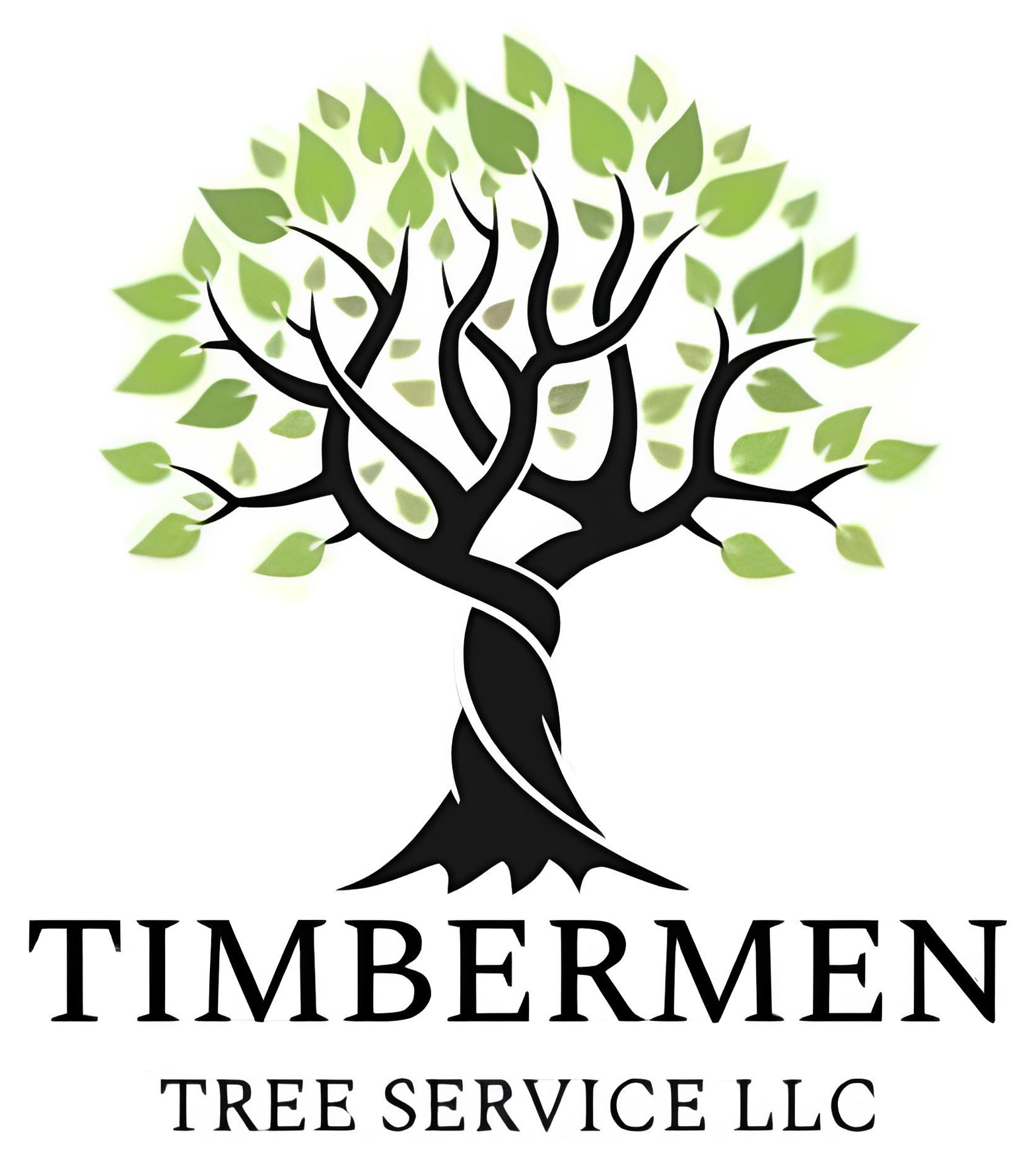Small Insects, Big Problems
In 2002, emerald ash borers were discovered to be the cause of the widespread decline of Southeast Michigan’s ash tree population. It is believed that these insects came from Asia in solid wood shipping crates sometime in the late 90s. Since their discovery, they’ve spread to other states (and Canada) and have killed millions of ash trees.
Adult emerald ash borers feed on the foliage of ash trees and make a minimal impact on the tree itself. However, the larvae of an emerald ash borer can feed on the cambium layer of ash trees. This disrupts the movement of water and nutrients throughout the tree which oftentimes ends in it dying.
These pests specifically love black ash and green ash trees, with a lesser preference for blue ash and white ash. Emerald ash borers first attack stressed trees in the area and eventually will attack health ash trees greater than 1-inch in diameter.
The symptoms of an emerald ash borer infestation include:
- Increased woodpecker activity on ash trees
- Vertical bark splits developing over feeding galleries
- D-shaped exit holes on branches, the main trunk, and root flares
- Epicormic sprouts on the lower trunk or the base of the tree trumps
- Wilted foliage
- Thinner canopy
How to Control the Emerald Ash Borer
There are multiple ways for us to get rid of emerald ash borers. The first method includes spraying insecticides onto the affected tree, into the tree, or into the soil.
Soil injections occur during early spring but can realistically be done anytime there is adequate soil moisture. Spraying the tree itself is done when the beetles have emerged and are mating. The tree will take several weeks to absorb this treatment. Multiple treatments may be necessary to achieve adequate results.
Scientists are also working on a biological control option for these pests. This process includes releasing three, tiny, stinger-less wasps that are native to China. These are the oobius wasp, the tetrastichus wasp, and the spathius wasp.
The oobius wasp will attack the eggs, and the tetrastichus wasp will attack the larvae. There is a plethora of research to back up the claim that these wasps will only attack emerald ash borers. Northern Illinois is one of the states that has recently partaken in early iterations of this biological pest control.
Are your trees showing emerald ash borer infestation symptoms? Call Timbermen Tree Service today to get the relief you need. Now offering free service estimates.


Share On: